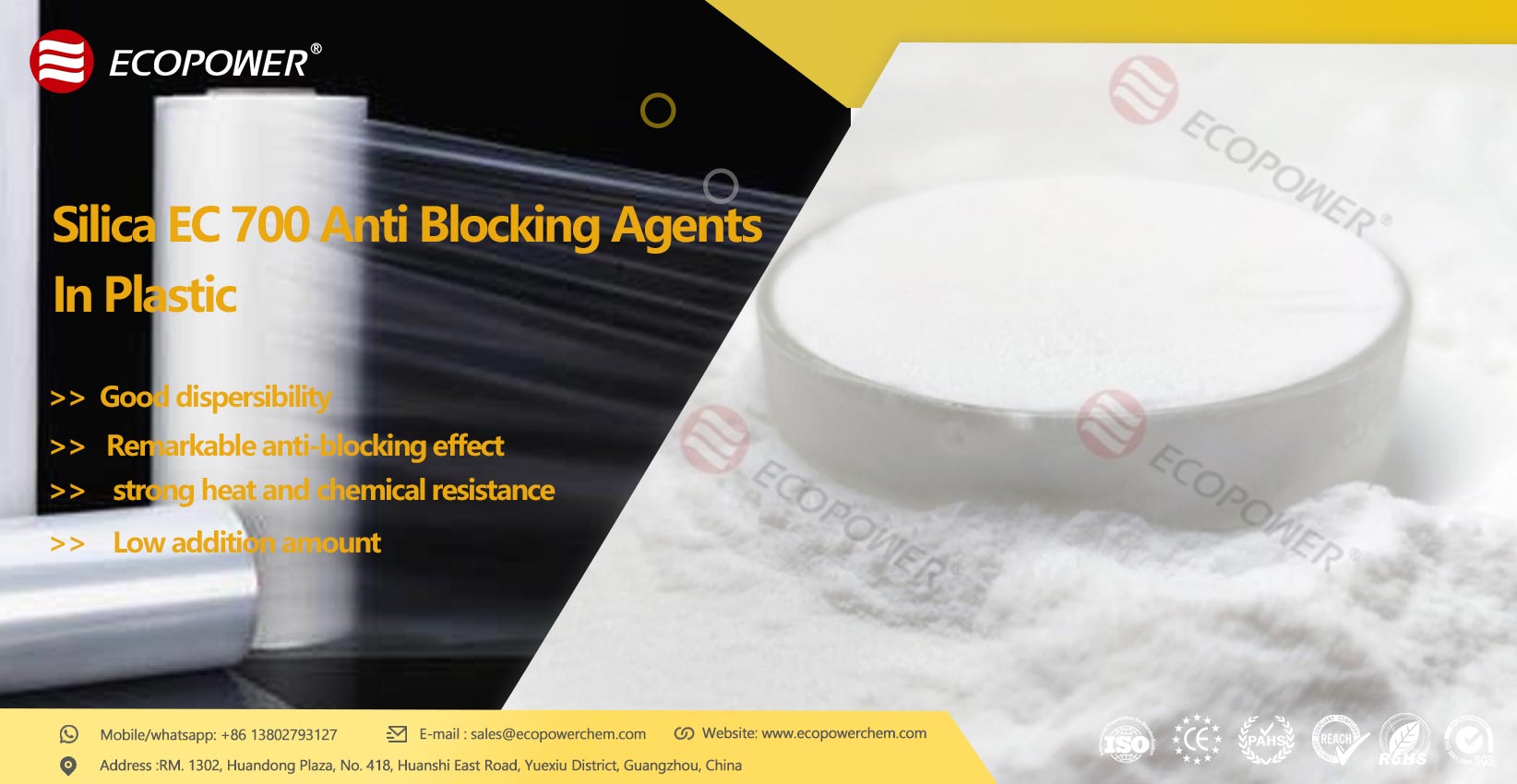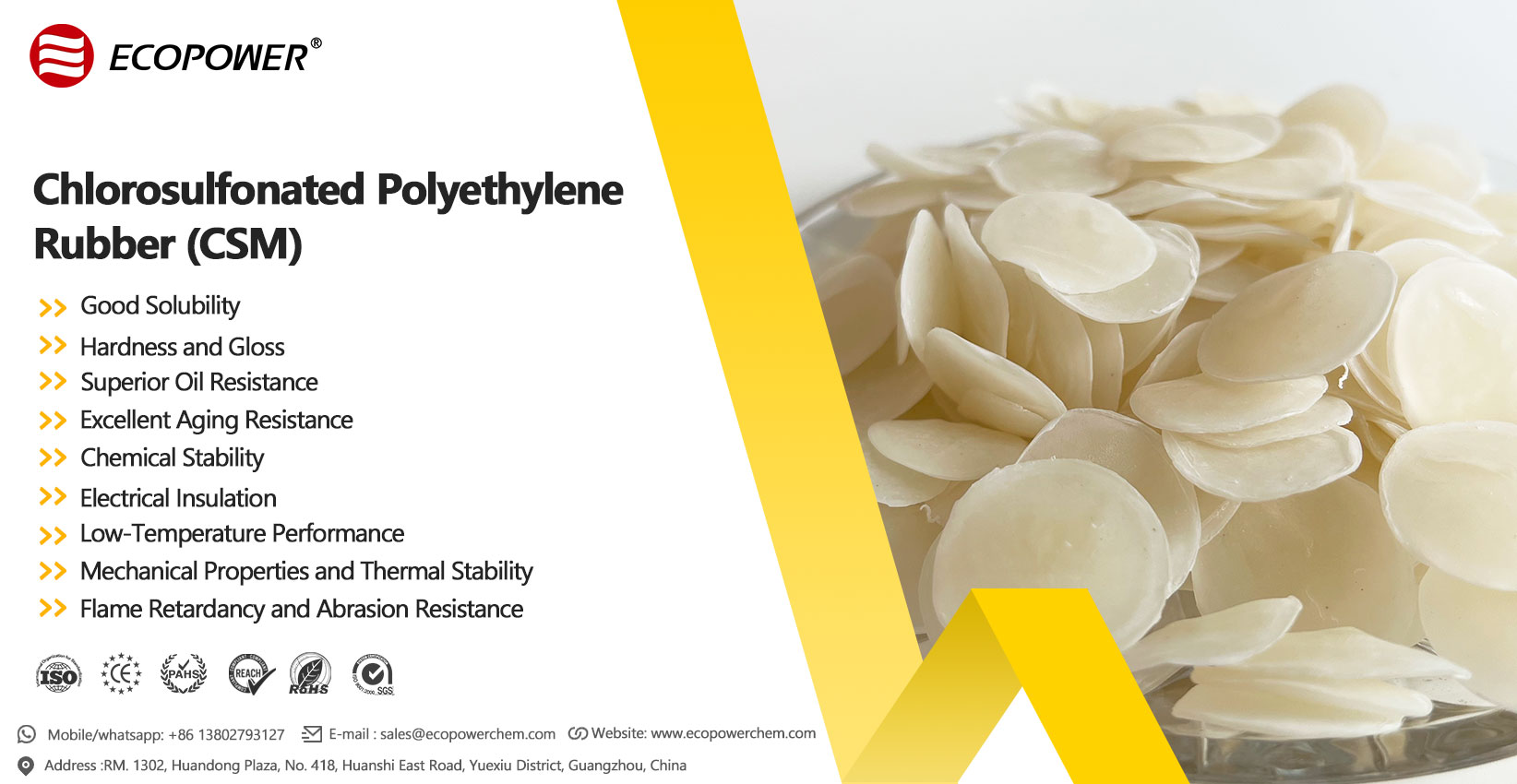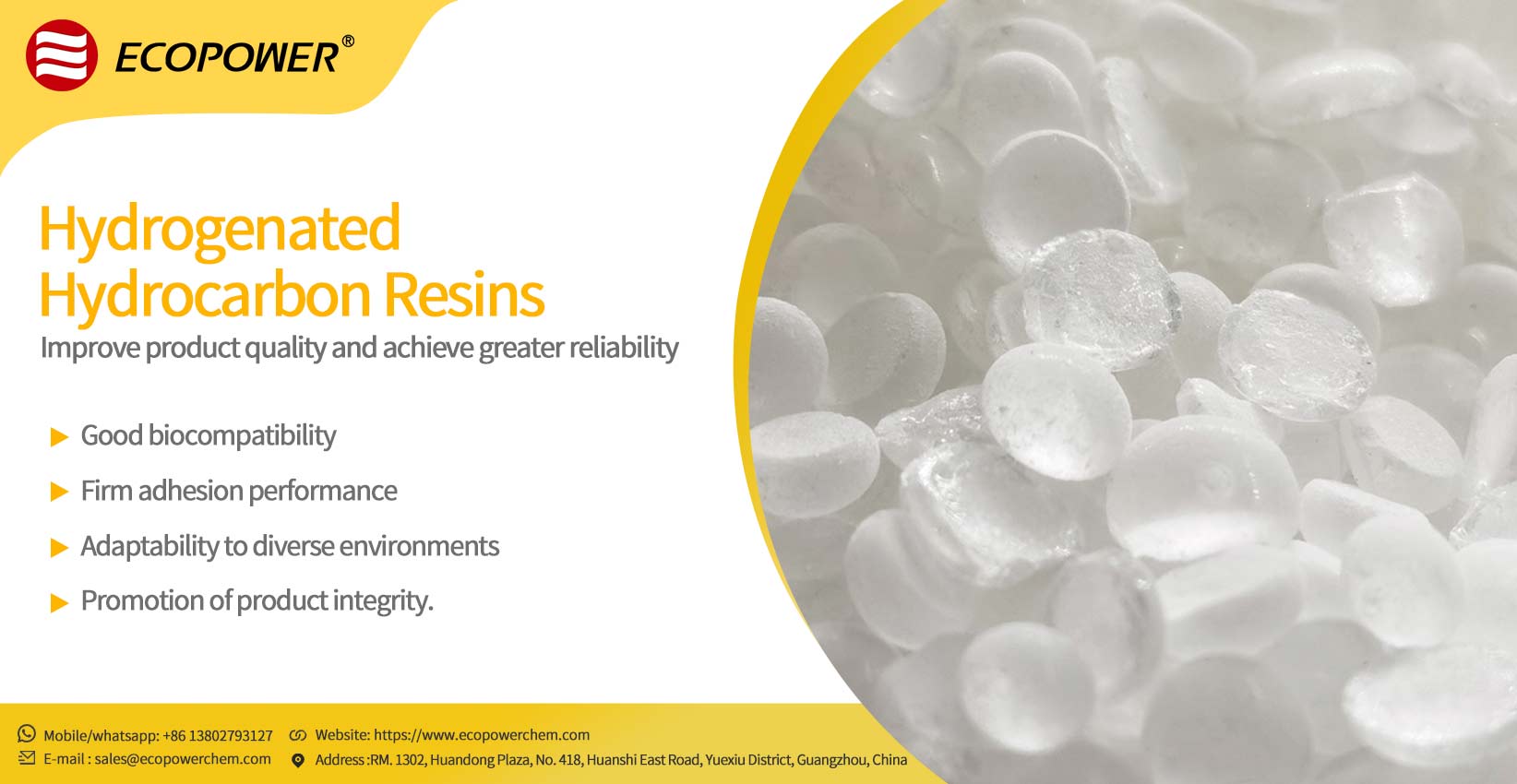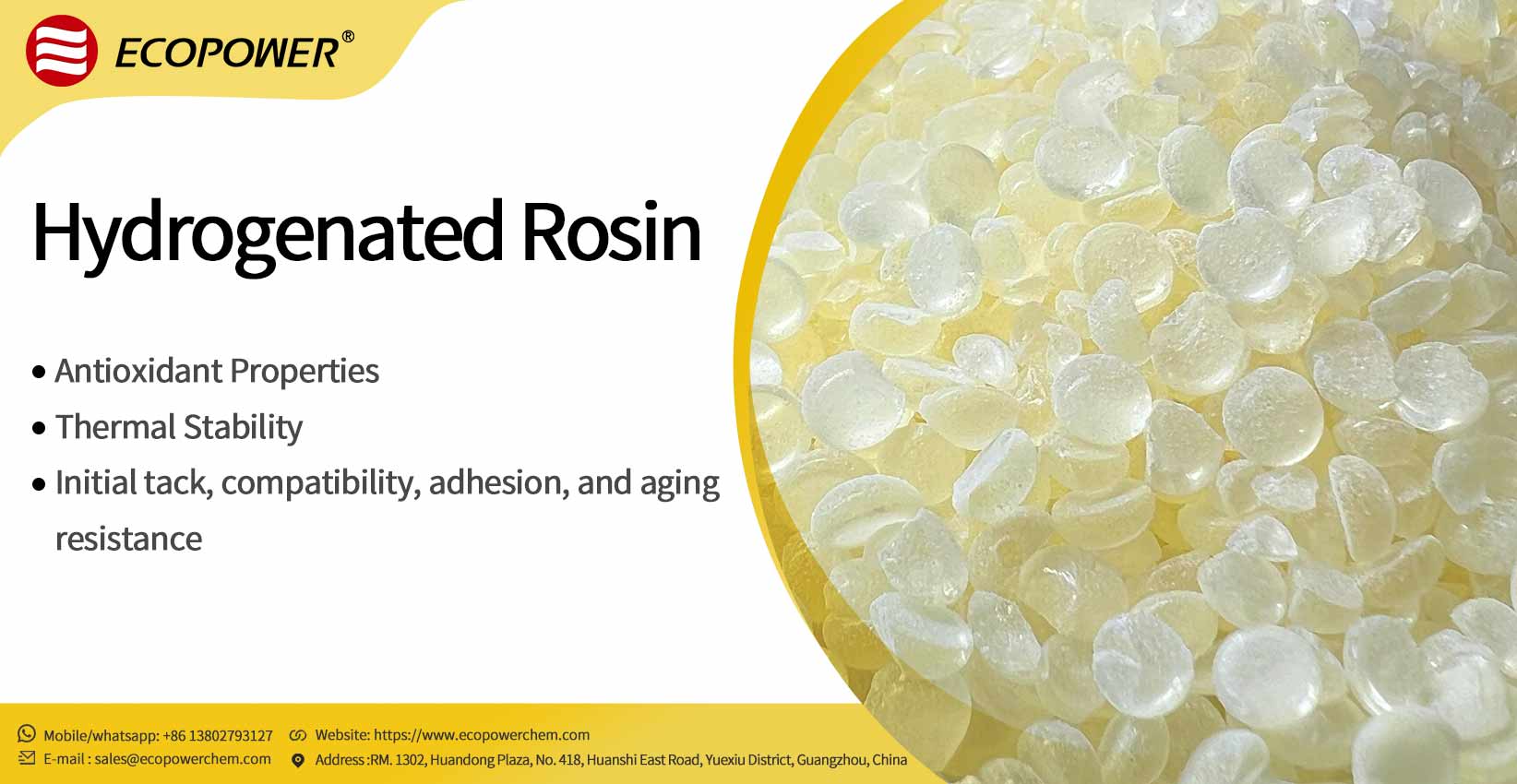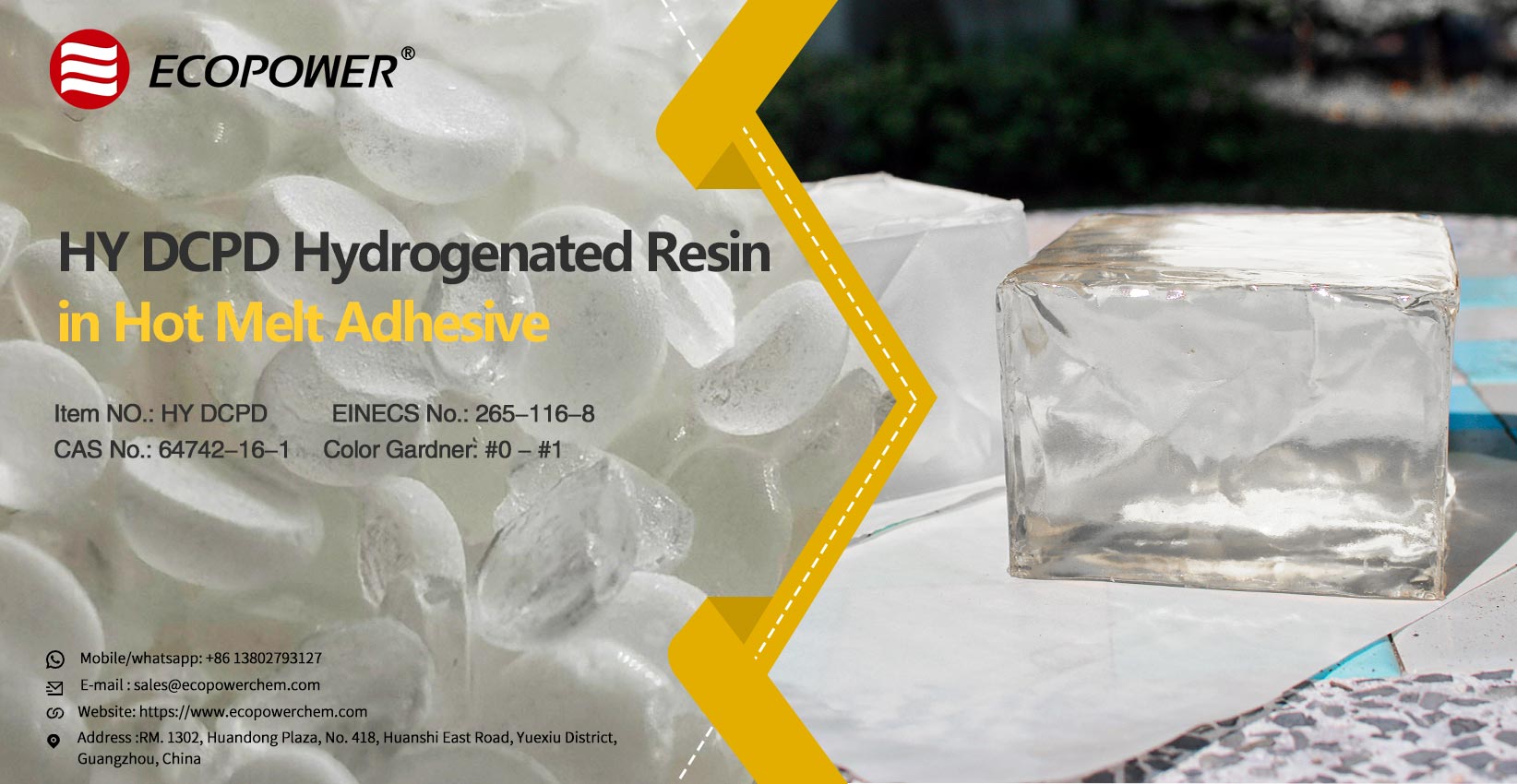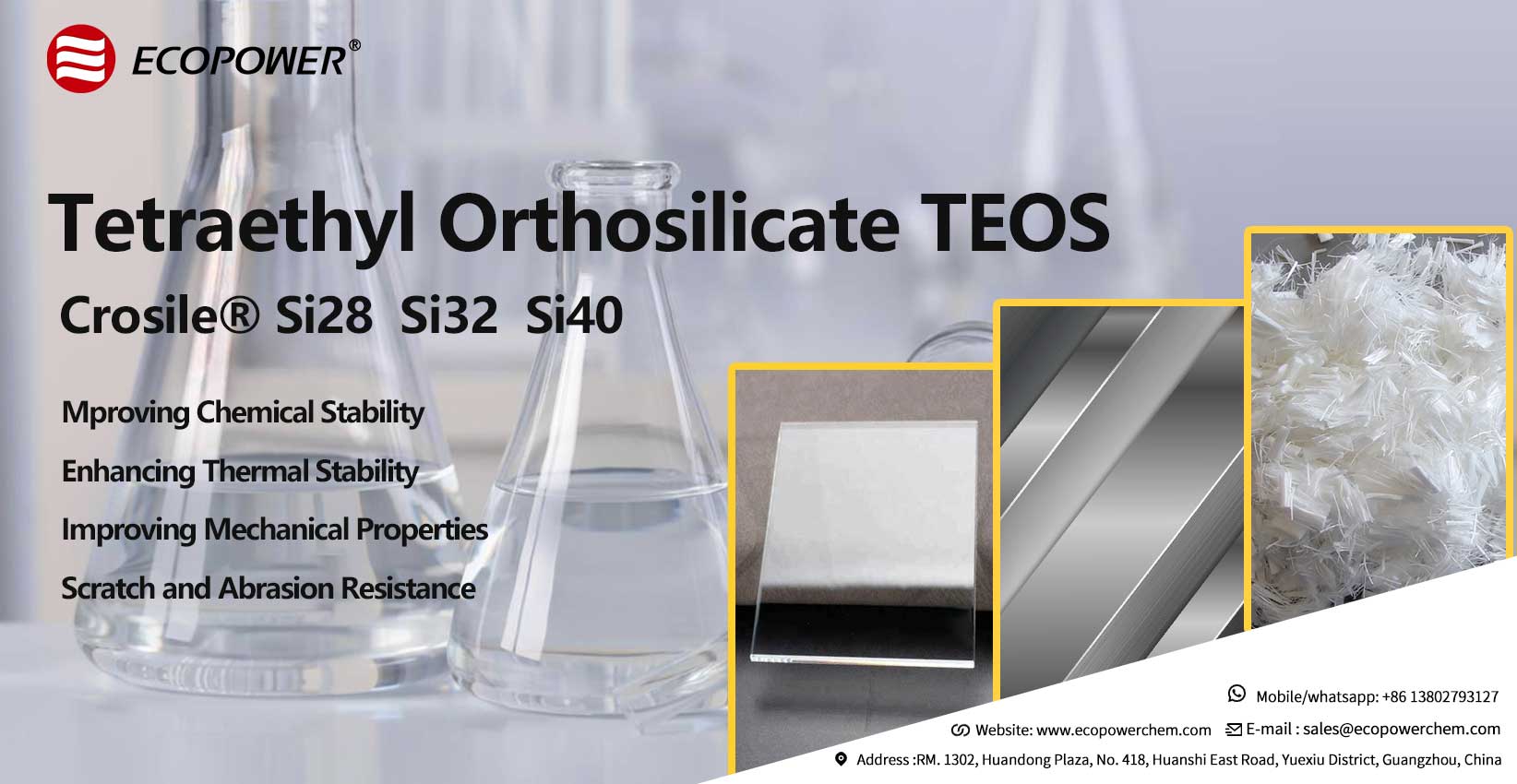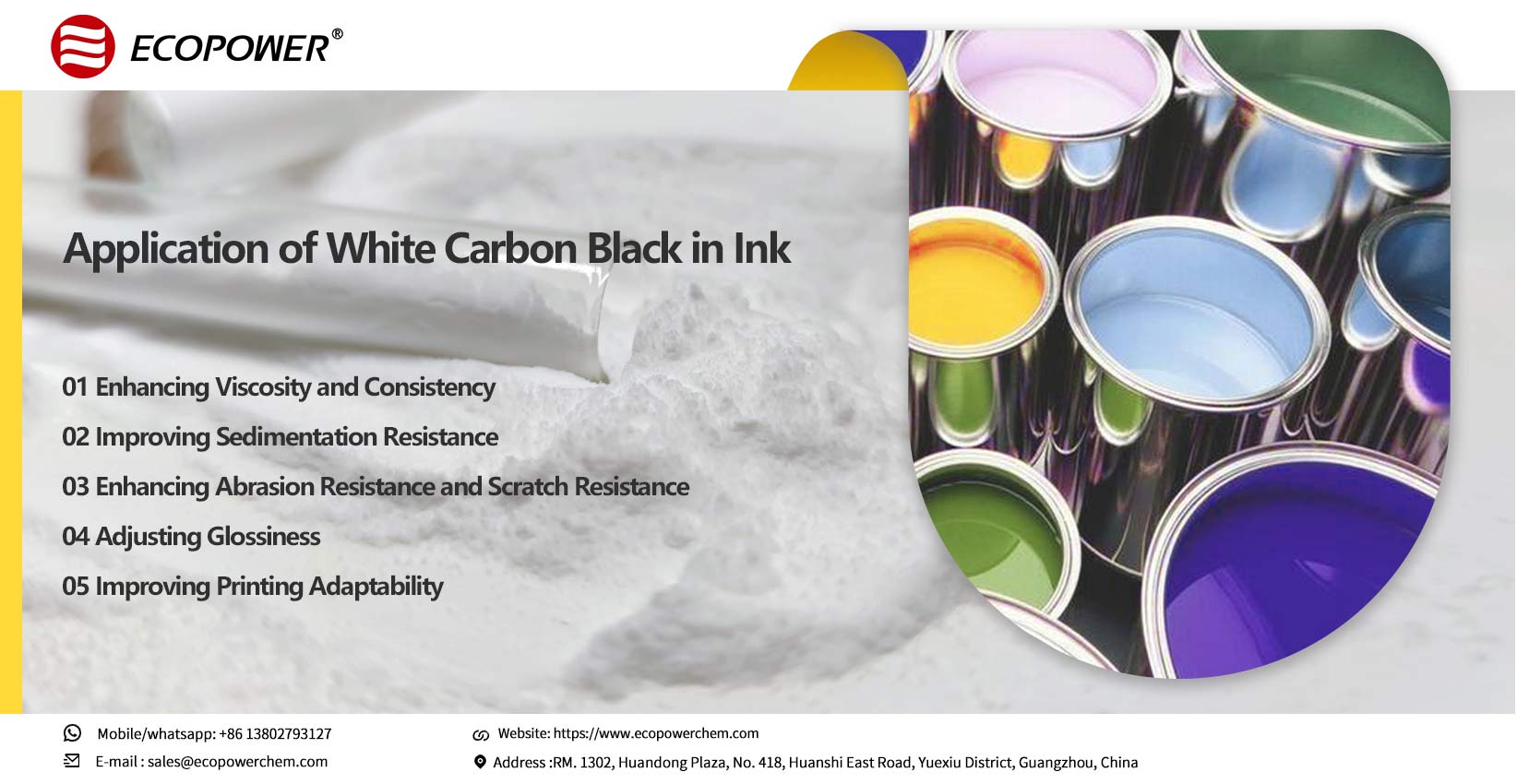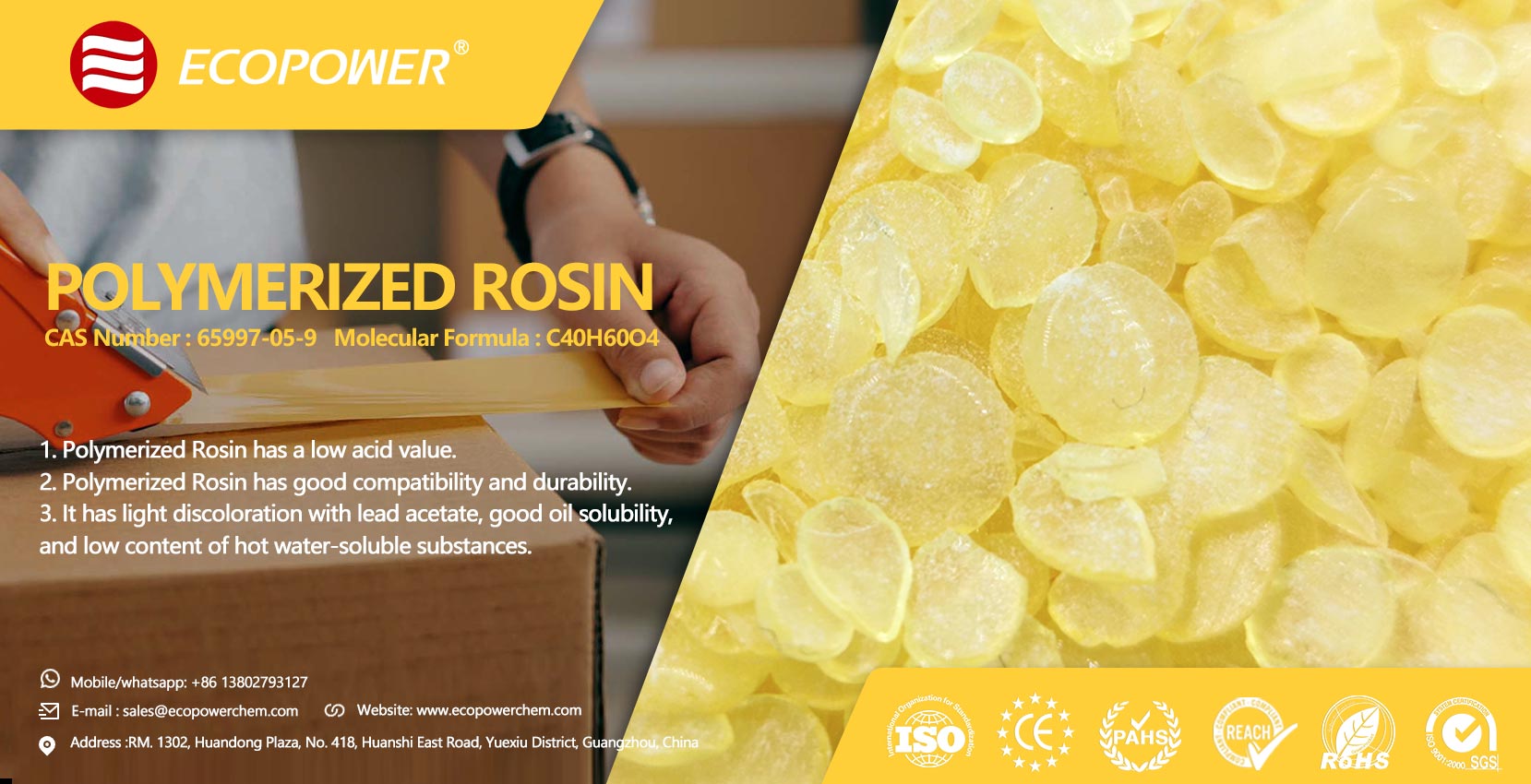Sep / 27, 2024
Ecopower Crosile® Si28, Si32, Si40, and Si50: High-Performance TEOS Series Empowering Multi-Industry Applications
Ecopower's Crosile® Si28, Si32, Si40, and Si50 series represent a range of high-performance tetraethyl orthosilicate (TEOS) products, meticulously designed to meet the diverse needs of various industries. Offering SiO₂ contents of 28%, 32%, 40%, and 50%, these products deliver exceptional performance across a wide array of applications. What Are Crosile® Si28, Si32, Si40, and Si50? Crosile® Si28, Si32, Si40, and Si50 are advanced TEOS-based products developed with precision and consistency in mind. These liquid TEOS derivatives are highly reactive, soluble in a wide range of organic solvents, and hydrolyze with ease, making them indispensable for applications in coatings, ceramics, aerogels, and more. With carefully controlled SiO₂ content and unique chemical characteristics, Crosile® products excel in demanding environments, offering unmatched flexibility and performance. Key Features of Crosile® Si28, Si32, Si40, and Si50 Adjustable SiO₂ Content: Available in 28%, 32%, 40%, and 50% SiO₂ options to meet specific application needs. Enhanced Stability: Engineered to resist polymerization caused by heat, light, or peroxides, ensuring reliability during processing. Wide Solubility: Compatible with various organic solvents, allowing seamless integration into diverse formulations. Applications of Crosile® Series Products 1. Aerogel Production Crosile® Si28 and Si40, with their high SiO₂ content and reactivity, are ideal for aerogel production. Aerogels made from these products offer excellent insulation, lightweight properties, and thermal stability, making them the top choice for high-performance insulating materials. 2. Steel Casting and Ceramic Materials Crosile® Si28 and Si40 act as premium inorganic binders in the steel casting industry, enabling the formation of high-strength silica-based ceramic molds for precision applications. They are also widely used in advanced ceramic materials, providing superior strength and reliability. 3. Polymer Crosslinking Crosile® Si28, Si32, Si40, and Si50 function as highly efficient crosslinking agents in silicone polymers. They enhance polymer strength, flexibility, and durability, making them suitable for advanced material applications. 4. Zeolite Synthesis Crosile® Si28 and Si40 serve as reliable silica sources for zeolite synthesis. These zeolites are extensively used in catalysis, adsorption, and ion exchange, with Crosile® products ensuring consistent quality and high efficiency. 5. Coatings and Adhesives Crosile® Si28 and Si40 offer exceptional performance in coatings and adhesives, improving water resistance, oxygen resistance, and high-temperature durability. As adhesion promoters, they enhance bonding strength between substrates, ensuring long-lasting performance in coatings, layers, and specialty adhesives. 6. Sem...
View More
 Whatsapp us
Whatsapp us
